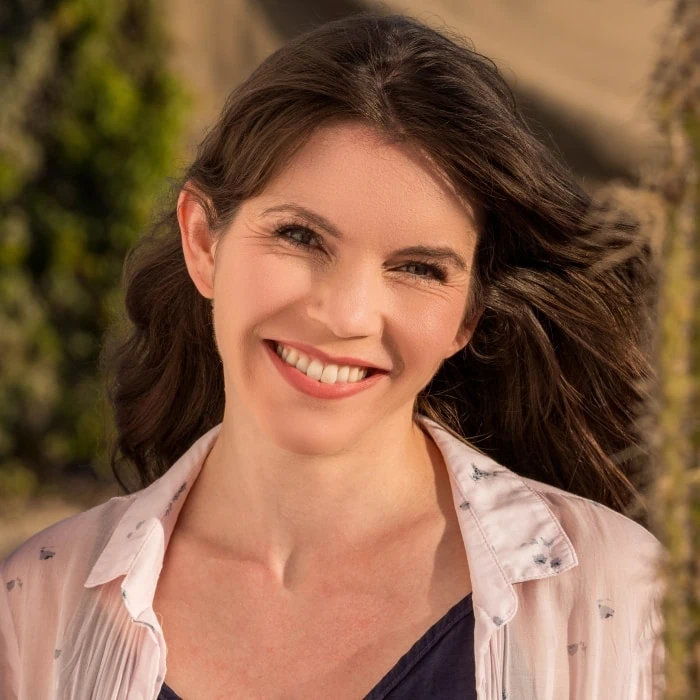
Reframing My Story
Reframing My Story — Through the Lens of “Addiction”
The Beginning: A Life in Motion
For most of my life, I’ve lived with mental health struggles, primarily anxiety and obsessive-compulsive behaviours—tools I used to survive, stay ahead, and maintain control. Over time, I’ve done a lot of work on my own mental health and learned about psychology and human nature with interest. I want to share a more recent realization that has offered me a fresh perspective on healing, on who I am and how I want to be.
This realization was pivotal—but it didn’t come all at once. It started to take shape in the wake of a major car accident that left me with multiple injuries, including a broken pelvis, fractured ribs, and a severe concussion. As I navigated recovery, I experienced something fascinating: the difference between how we treat visible injuries and invisible ones.
Half of my pain was incredibly visible: a broken pelvis, fractured ribs, riding around in a wheelchair for a month. The other half was entirely invisible—disorientation, confusion, identity crisis. I couldn’t always trust how I felt and I constantly questioned my invisible experience – was it real? was it really that bad? was I broken? was I just kind of a worse version of myself now? I never wondered whether or not my pelvis was broken.
During my recovery and beyond, my physical injuries were treated with respect, even reverence. I often heard the qualifying phrase “it’s nothing compared to what you’ve been through” (to which I got to say, with benevolence, “It’s not a competition, your story/pain is just as valid as mine”). At the same time, with the exact same beautiful intention of making me feel better, my invisible injuries were often brushed aside. I heard a lot of variations of “don’t worry, you’re fine”. Not only did I not feel fine, I didn’t seem to have the language to communicate that I wasn’t find, this wasn’t ‘normal’, this was an injury; or was it? Eventually, a specialist helped me identify and understand what was happening: these were real injuries. They just weren’t visible. And when we can’t see an injury, we often aren’t very good at healing it. Our invisible injuries need the same recognition, respect, and room to heal as our visible injuries do.
A Career of Control (and Collapse)
I adapted by moving into high-functioning roles: administration, operations, leadership. I joke now that I became a “professional anxiety haver”—organized, efficient, effective… and constantly exhausted. I’d burn out, behave like someone I didn’t want to be, and then push through harder the next time. It was a loop I didn’t know how to exit.
Eventually, I took a break, earned a certificate in organizational coaching, and moved to Mexico with my partner Bill to open a brick-and-mortar recovery center. That transition marked a return to something deeply rooted—recovery—and the beginning of something new.
Our Roots in Recovery
Bill is a licensed therapist with over a decade of experience supporting people navigating substance use and recovery. He has spent years designing and facilitating both individual and group therapy programs—many of them focused on the emotional, relational, and systemic aspects of healing. His work, grounded in evidence-based practice and deep empathy, gave shape to what would later become the 4C Framework™.
Together, we have worked to build a space that reflects both of our values: safety, honesty, and integration. We were (and still are) deeply committed to the recovery space. But for me, doing this work with Bill has also offered me a fresh perspective on mental health and my personal journey.
As we worked with clients, and as I reflected on my own experiences, we began to see a powerful truth: you didn’t have to meet traditional definitions of “addiction” to benefit from this work.
The Moment That Changed Everything
In the midst of the trials and tribulations and heartache of starting a business in a foreign country, making mistakes, learning and growing, pivoting and evolving, there have been some hard emotional moments where my old patterns of pushing harder and harder, striving and grinding, have reemerged with a vengeance. In one particular messy, unraveling moment—tired, frustrated, and crying—I ranting about everything that wasn’t working when Bill stopped me and said something that stuck:
“You can’t do this work, you can’t represent a business of recovery, and also be a workaholic.”
That moment rang in my ears.
It never occurred to me that I could look at my own behaviour through the lens of addiction. I didn’t use substances. I hadn’t developed an unhealthy relationship with drugs or alcohol. But I was absolutely blocking and numbing. My work—my output—had become a coping mechanism and like any addiction, it was harming me in ways I couldn’t see from the inside.
On the surface, my behaviours weren’t killing me. I might have even called them noble or self-sacrificing. But inside, they were stripping my soul bare. The purpose of my behaviours was to block and to numb pain, it was to cope and struggle to survive with the tools I had available to me – tools that were practiced and sturdy from extreme use. Only, those weren’t the only tools I had available to me anymore.
A New Lens
Looking at my patterns through the lens of addiction gave me a way to name and respect my experience—just like with the concussion. It gave shape and weight to something invisible. It also offered me a framework to reframe the patterns I am drawn into, and invite in compassion.
Addiction is about pain, and the coping we develop to block or numb that pain. In some ways, I’ve started to think about “addiction” as humanity under a microscope. Problematic relationships with substances like drugs and alcohol create a brutal, visible representation of what, for many of us, are invisible injuries.
In the context of the 4C Framework™, personally I notice that I overindex on Consistency and put a lot of energy into leap-frogging Compassion, Community, and Connection. And when those other C’s are lacking, I will become reactive and burn out and abandon myself in ways that leave me hollow.
The 4C Framework™ holds not just support for traditional recovery, but for anyone facing transitions, burnout, or patterns of self-sabotage. It became a bridge between two worlds—one that honors our clinical and lived roots in recovery while expanding to include the “quiet sufferers” like me. People whose pain might not look like a crisis from the outside, but who are carrying deep internal weight. People whose invisible injuries still deserve room to heal.
The 4C Framework™: Rooted and Expanding
Compassion, Community, Connection, and Consistency—these four core needs are the antidotes to the wounds we carry, especially the invisible ones. They are the pillars of a life re-centered around wholeness rather than hustle, alignment rather than performance.
We are still passionately engaged in the recovery world. We still believe in its language, its depth, and its legacy. And now, we’re also welcoming in the people who never quite saw themselves there—but maybe should have. People who are exhausted, dysregulated, and misaligned. People who are doing their best but wondering why they still feel lost.
This is what we offer: not just recovery, but reintegration—with purpose, with support, and with a deep respect for every part of your story.
